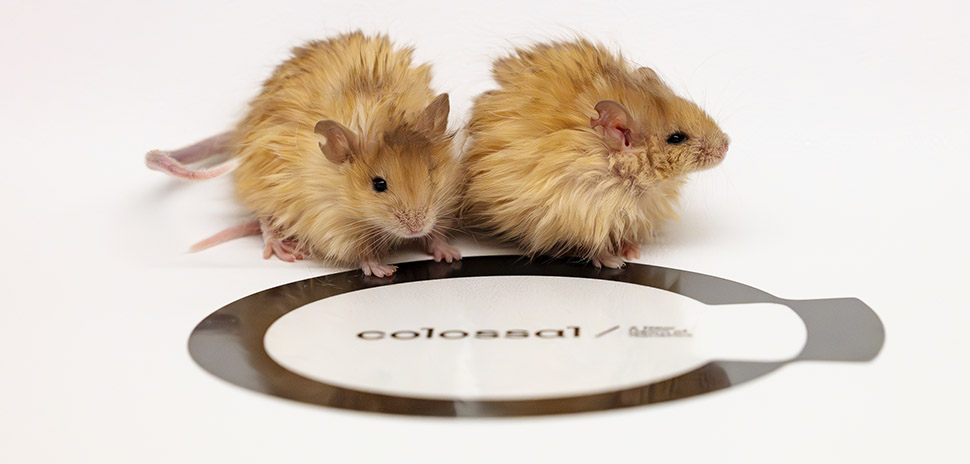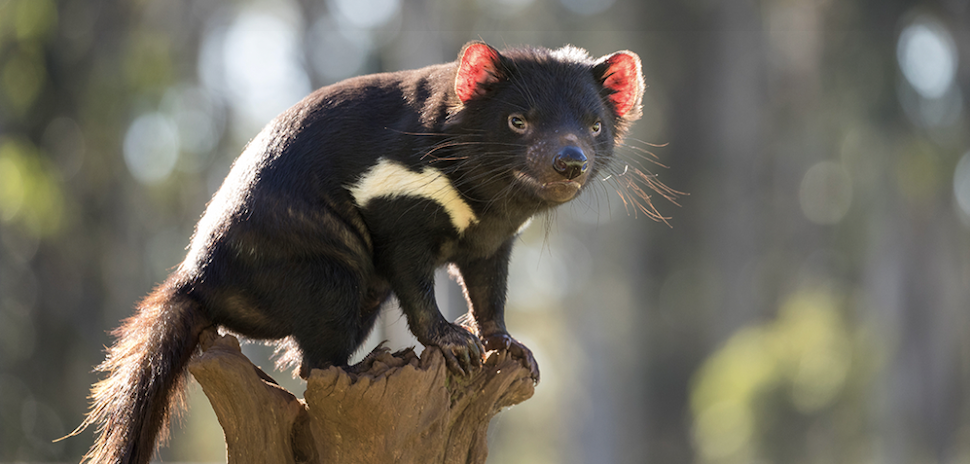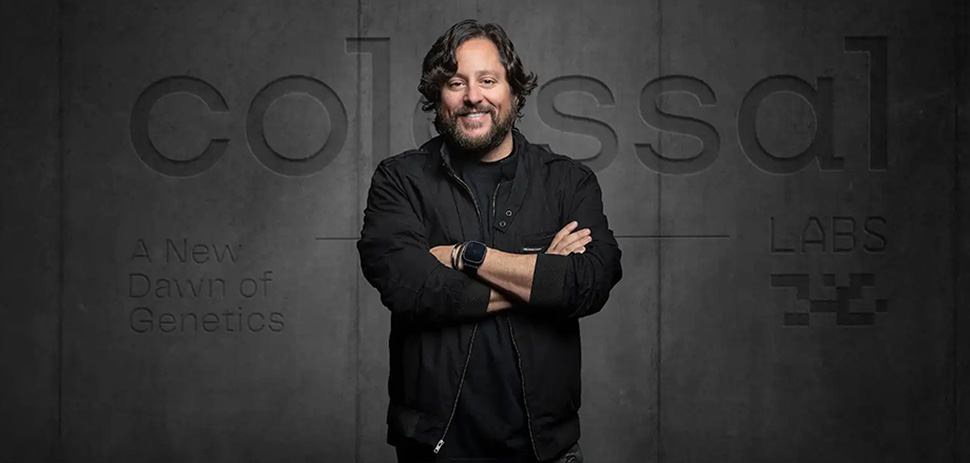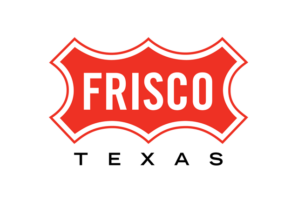It may not be as massive as a woolly mammoth. But the Colossal Woolly Mouse is still big news—and an early sign of the potential of “de-extinction” technology.
Dallas-based Colossal Biosciences—which reached a valuation of $10.2 billion in January, becoming Texas’ first “decacorn”—is a genetic engineering and de-extinction company. It’s working to use CRISPR technology to bring back the Woolly mammoth, the Tasmanian Tiger, the dodo bird, and more. But until those creatures see the light of day, let’s talk about the mouse that roared.
Today, in what the company called “an extraordinary achievement of advanced multiplexed genome engineering,” Colossal announced the birth of the Colossal Woolly Mouse—mice engineered to express multiple key “mammoth-like traits” that provide adaptations to life in cold climates.
Colossal said its team modified seven genes simultaneously to create mice with “dramatically altered coat color, texture, and thickness reminiscent of the woolly mammoth’s core phenotypes.” The company said the achievement demonstrates the feasibility of expressing traits using information learned from the computational analysis of 59 woolly, Columbian, and steppe mammoth genomes ranging from 3,500 to over 1.2 million years old, “confirming these pathways as the crucial targets for mammoth de-extinction.”
“The Colossal Woolly Mouse marks a watershed moment in our de-extinction mission,” Colosall Co-Founder and CEO Ben Lamm said in a statement. “By engineering multiple cold-tolerant traits from mammoth evolutionary pathways into a living model species, we’ve proven our ability to recreate complex genetic combinations that took nature millions of years to create. This success brings us a step closer to our goal of bringing back the woolly mammoth.”
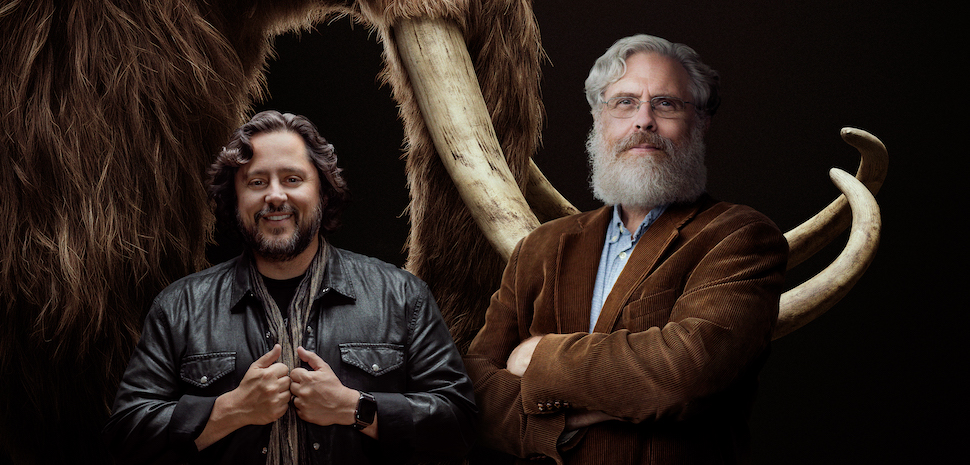
Colossal Biosciences co-founders Ben Lamm and George Church aim to “de-extinct” the woolly mammoth and other long-lost creatures. [Photo: Colossal]
Editing genes to create ‘woolly-haired’ mice
Colossal said its mammoth team explored a data set of 121 mammoth and elephant genomes—including reference genomes for Asian and African elephants created by the company—to identify “significant” genes that impact hair and other cold-adaptation traits. The team zeroed in on a suite of genes in which mammoths had evolved fixed differences compared to their closely related Asian elephant cousins.
The scientists then refined the list to include 10 genes related to hair length, thickness, texture, and color as well as lipid metabolism that were compatible with expression in a mouse, Colossal said.
The next step was editing the mouse genome via three editing technologies: RNP-mediated knockout, multiplex precision genome editing, and precision homology directed repair (HDR).
The result? Mice that are exceptionally furry (some might say exceptionally cute), with the predicted traits from the team’s computational analysis and design for “specific phenotypic changes.”
A key edit to these Colossal Woolly Mice causes loss of function in the gene Fibroblast growth factor 5, or FGF5, which alters hair growth cycles. That edit led to hair that can grow “as much as three times longer” than wild type mice. And thanks to a loss of function in a few other key genes, Colossal woolly mice have “a woolly hair texture, wavy coats, and curled whiskers through changes to hair follicle development and structure,” the company said.
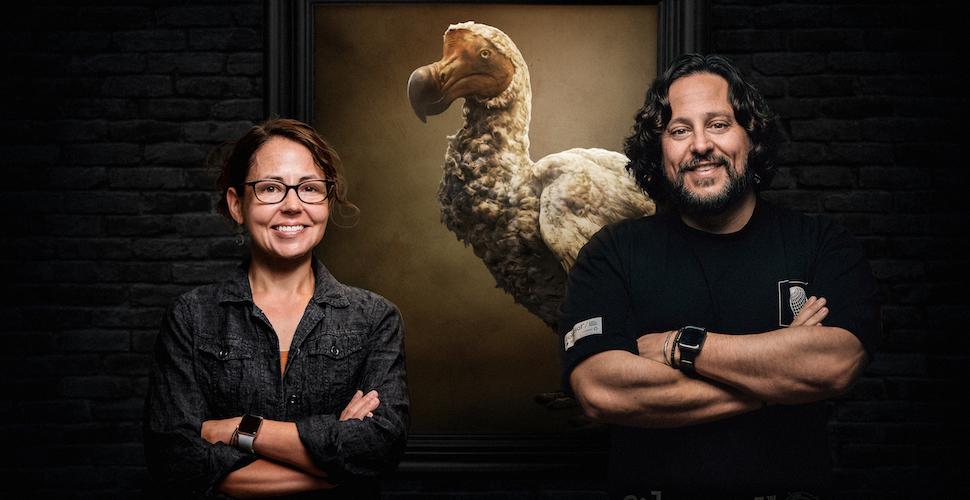
Dr. Beth Shapiro and Colossal Co-Founder and CEO Ben Lamm with a stuffed dodo. Bringing back the famously extinct dodo bird is another Colossal goal. [Photo: Colossal]
Showcasing ability to resurrect ‘lost’ traits
“The Colossal Woolly Mouse showcases our ability to use the latest genome editing tools and approaches to drive predictable phenotypes,” said Dr. Beth Shapiro, Chief Science Officer at Colossal. “It’s an important step toward validating our approach to resurrecting traits that have been lost to extinction and that our goal is to restore.”
The company said the Colossal Woolly Mouse can help it test hypotheses about the link between specific DNA sequences and physical traits—and use the insights to help “de-extinct” the woolly mammoth via a mammoth-elephant hybrid. Mammoths have a nonfunctional version of the gene Transforming growth factor alpha, or TGFA, as well as a mutation of the keratin gene KRT27. Both genes are predicted to contribute to the woolly mammoth coat, the company said. Colossal woolly mice have been engineered with both a non-functional TGFA and a valine at position 191 of KRT27, just like the woolly mammoth—resulting in the mouse’s wavy coat.
‘Woolly’ looks include golden coat color, body weight differences
The Colossal Woolly Mice have additional engineered traits that go beyond hair length and texture. Woolly mammoth mummies examined by scientists have relatively light coat colors. So to arrive at a similar color, Colossal Woolly Mice were given a modified version of the gene MC1R, which regulates melanin production—producing mice with golden hair rather than the black/agouti coat color found in wild type mice. Colossal Woolly Mice also have a “truncated version” of fatty acid binding protein 2, or FABP2, reflecting a similar change in mammoths, the company said. That version is associated with lipid metabolism and fatty acid absorption, which leads to changes in body weight.
Dr. Michael Abrams, co-leader of Colossal’s mammoth team, said he’s “incredibly proud” of what his team has accomplished in the lab in such a short period of time.
“We’ve pushed the boundaries of genetic engineering by coordinating multiple complex trait modifications in living animals with exceptionally high efficiency,” he added in a statement. “This achievement showcases both the technical expertise of our scientists and the power of our genetic engineering platform to deliver predictable phenotypes.”
A ‘living model’ for cold-climate adaptations in mammals
Colossal’s Woolly Mouse is “the first living animal engineered to express multiple cold-adapted traits using mammoth gene orthologs,” the company said—and it also serves as “a living model” for studying cold-climate adaptations in mammals. Future analyses of the furry creatures could also improve scientists’ understanding of how multiple genes work together to manifest physical traits.
“The Colossal Woolly Mouse demonstrates remarkable progress we’ve made in precise genome engineering, including optimized delivery methods, innovative multiplexing and combinations of gene targeting strategies.” Colossal Co-Founder George Church, professor of genetics at the Wyss Institute and Harvard Medical School, said in a statement. “We’re showing that we can now rationally design and construct complex genetic adaptations, with profound implications for the future of multi-gene de-extinction and engineering.”
A global stage
Some of Colossal’s homework will soon be shared with the world on a global stage in Austin.
On Sunday, March 9, at the SXSW Conference, Lamm and actor and producer Joe Manganiello will offer a keynote presentation “to discuss the implications of the Woolly Mouse to Colossal’s overall de-extinction efforts,” the company said.
Don’t miss what’s next. Subscribe to Dallas Innovates.
Track Dallas-Fort Worth’s business and innovation landscape with our curated news in your inbox Tuesday-Thursday.

